Recombinant Arabidopsis thaliana Probable ubiquitin-conjugating enzyme E2 24 (UBC24), partial
-
中文名稱:擬南芥UBC24重組蛋白
-
貨號:CSB-YP848739DOA
-
規(guī)格:
-
來源:Yeast
-
其他:
-
中文名稱:擬南芥UBC24重組蛋白
-
貨號:CSB-EP848739DOA
-
規(guī)格:
-
來源:E.coli
-
其他:
-
中文名稱:擬南芥UBC24重組蛋白
-
貨號:CSB-EP848739DOA-B
-
規(guī)格:
-
來源:E.coli
-
共軛:Avi-tag Biotinylated
E. coli biotin ligase (BirA) is highly specific in covalently attaching biotin to the 15 amino acid AviTag peptide. This recombinant protein was biotinylated in vivo by AviTag-BirA technology, which method is BriA catalyzes amide linkage between the biotin and the specific lysine of the AviTag.
-
其他:
-
中文名稱:擬南芥UBC24重組蛋白
-
貨號:CSB-BP848739DOA
-
規(guī)格:
-
來源:Baculovirus
-
其他:
-
中文名稱:擬南芥UBC24重組蛋白
-
貨號:CSB-MP848739DOA
-
規(guī)格:
-
來源:Mammalian cell
-
其他:
產(chǎn)品詳情
-
純度:>85% (SDS-PAGE)
-
基因名:UBC24
-
Uniprot No.:
-
別名:UBC24; PHO2; At2g33770; T1B8.8; Probable ubiquitin-conjugating enzyme E2 24; EC 2.3.2.23; AtPHO2; E2 ubiquitin-conjugating enzyme 24; Ubiquitin carrier protein 24; Ubiquitin-protein ligase 24
-
種屬:Arabidopsis thaliana (Mouse-ear cress)
-
蛋白長度:Partial
-
蛋白標(biāo)簽:Tag?type?will?be?determined?during?the?manufacturing?process.
The tag type will be determined during production process. If you have specified tag type, please tell us and we will develop the specified tag preferentially. -
產(chǎn)品提供形式:Lyophilized powder
Note: We will preferentially ship the format that we have in stock, however, if you have any special requirement for the format, please remark your requirement when placing the order, we will prepare according to your demand. -
復(fù)溶:We recommend that this vial be briefly centrifuged prior to opening to bring the contents to the bottom. Please reconstitute protein in deionized sterile water to a concentration of 0.1-1.0 mg/mL.We recommend to add 5-50% of glycerol (final concentration) and aliquot for long-term storage at -20℃/-80℃. Our default final concentration of glycerol is 50%. Customers could use it as reference.
-
儲存條件:Store at -20°C/-80°C upon receipt, aliquoting is necessary for mutiple use. Avoid repeated freeze-thaw cycles.
-
保質(zhì)期:The shelf life is related to many factors, storage state, buffer ingredients, storage temperature and the stability of the protein itself.
Generally, the shelf life of liquid form is 6 months at -20°C/-80°C. The shelf life of lyophilized form is 12 months at -20°C/-80°C. -
貨期:Delivery time may differ from different purchasing way or location, please kindly consult your local distributors for specific delivery time.Note: All of our proteins are default shipped with normal blue ice packs, if you request to ship with dry ice, please communicate with us in advance and extra fees will be charged.
-
注意事項(xiàng):Repeated freezing and thawing is not recommended. Store working aliquots at 4°C for up to one week.
-
Datasheet :Please contact us to get it.
靶點(diǎn)詳情
-
功能:Accepts the ubiquitin from the E1 complex and catalyzes its covalent attachment to other proteins. Mediates PHO1 degradation through multivesicular body-mediated vacuolar proteolysis in response to inorganic phosphate (Pi) availability. Negatively regulates the protein abundance of PHF1 and PHT1s under Pi-sufficient conditions by facilitating the degradation of PHT1 proteins at the endomembrane.
-
基因功能參考文獻(xiàn):
- PHR1 is a key factor for metabolic reprogramming during phosphorus (P) limitation. The effects of pho2 or microRNA399 overexpression were comparatively minor. PMID: 24894834
- NLA is an E3 ligase that specifically requires UBC24 for polyubiquitination in Arabidopsis thaliana. PMID: 24474629
- PHO2 negatively regulates the protein abundance of PHF1 and PHT1 proteins under Pi-sufficient conditions PMID: 24122829
- The phosphate-accumulating mutants siz1 and pho2 reduce the uptake and accumulation of Na(+), leading to enhanced salt tolerance, and that, genetically, SIZ1 and PHO2 are likely independent of SOS3-dependent salt signaling. PMID: 21748325
- PHO2-dependent degradation of PHO1 modulates phosphate homeostasis in Arabidopsis. PMID: 22634761
- Expression of TSF was increased in miR399b-overexpressing plants and pho2 mutants at 23 degrees C, suggesting that their early flowering phenotype is associated with TSF upregulation. PMID: 21533549
- A previously identified Pi overaccumulator, pho2, is caused by a single nucleotide mutation resulting in early termination within the UBC24 gene. PMID: 16679417
- Map-based cloning identified PHO2 as At2g33770. miR399 and PHO2 are in a branch of the Pi-signaling network downstream of PHR1. PMID: 16679424
- IPS1 overexpression results in increased accumulation of the miR-399 target PHO2 mRNA and, concomitantly, in reduced shoot Pi content; engineering of IPS1 to be cleavable abolishes its inhibitory activity on miR-399. PMID: 17643101
顯示更多
收起更多
-
亞細(xì)胞定位:Golgi apparatus membrane. Endoplasmic reticulum membrane.
-
蛋白家族:Ubiquitin-conjugating enzyme family
-
組織特異性:Expressed in the vascular tissues of cotyledons, leaves, roots, sepals, filaments, anthers and junctions between the inflorescence stems and siliques.
-
數(shù)據(jù)庫鏈接:
Most popular with customers
-
Recombinant Human Neural cell adhesion molecule L1 (L1CAM), partial (Active)
Express system: Mammalian cell
Species: Homo sapiens (Human)
-
Recombinant Human Heat-stable enterotoxin receptor (GUCY2C), partial (Active)
Express system: Mammalian cell
Species: Homo sapiens (Human)
-
Recombinant Human Tumor necrosis factor ligand superfamily member 9 (TNFSF9), partial (Active)
Express system: Mammalian cell
Species: Homo sapiens (Human)
-
Recombinant Mouse Microtubule-associated protein tau (Mapt) (Active)
Express system: Mammalian cell
Species: Mus musculus (Mouse)
-
Recombinant Rat Microtubule-associated protein tau (Mapt) (Active)
Express system: Mammalian cell
Species: Rattus norvegicus (Rat)
-
Recombinant Human IL12B&IL12A Heterodimer Protein (Active)
Express system: Mammalian cell
Species: Homo sapiens (Human)
-
Recombinant Human Claudin-6 (CLDN6)-VLPs, Fluorescent (Active)
Express system: Mammalian cell
Species: Homo sapiens (Human)
-
Recombinant Human Transmembrane 4 L6 family member 1(TM4SF1)-VLPs (Active)
Express system: Mammalian cell
Species: Homo sapiens (Human)


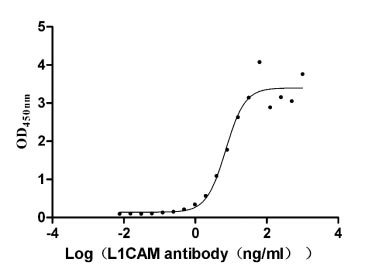
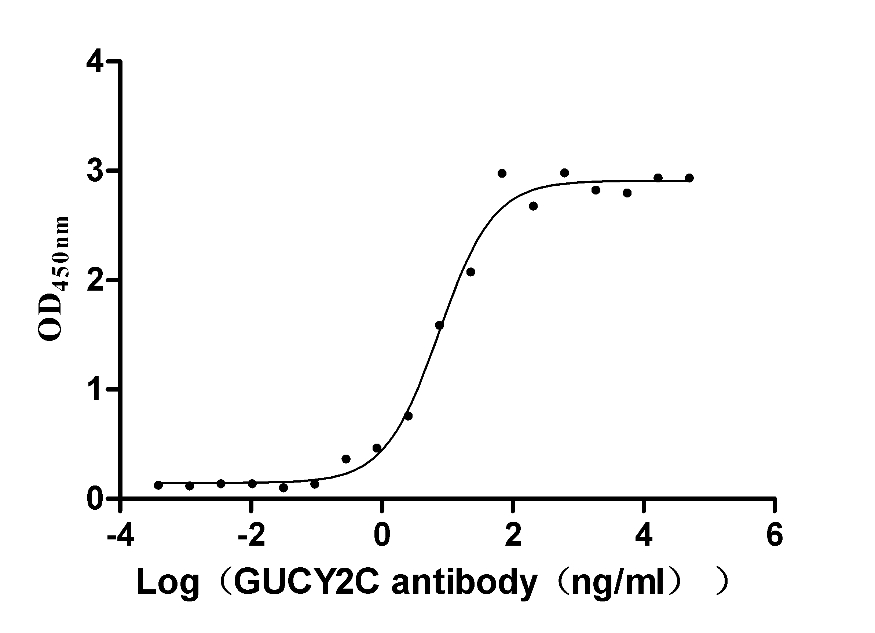
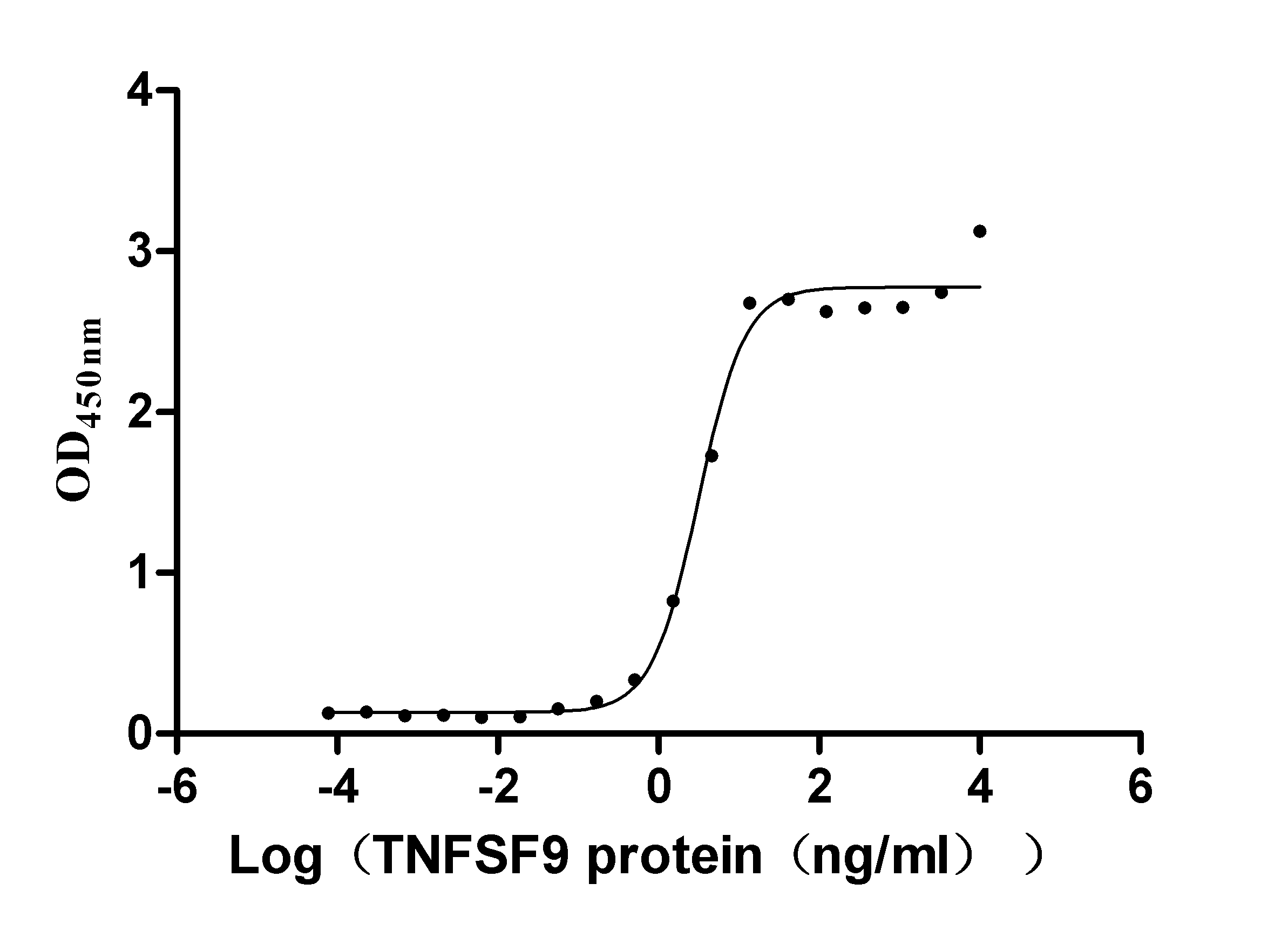
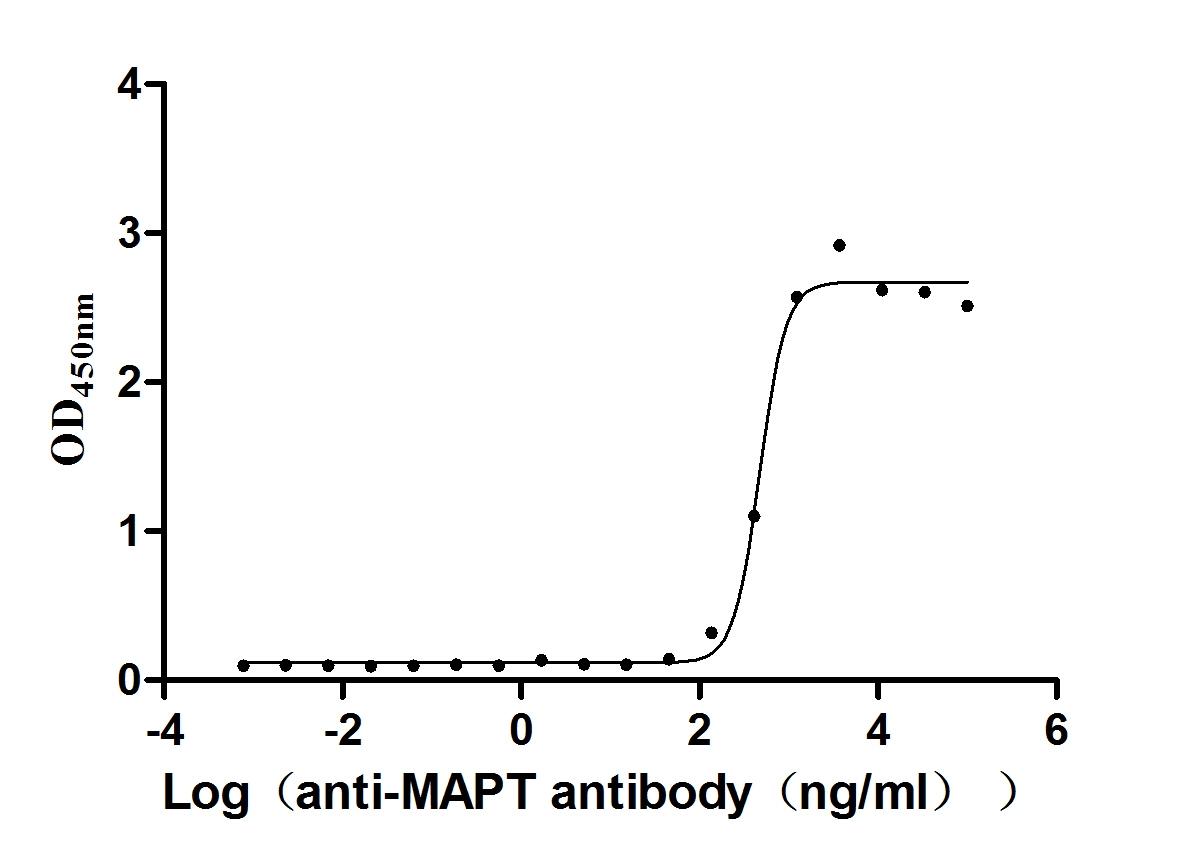
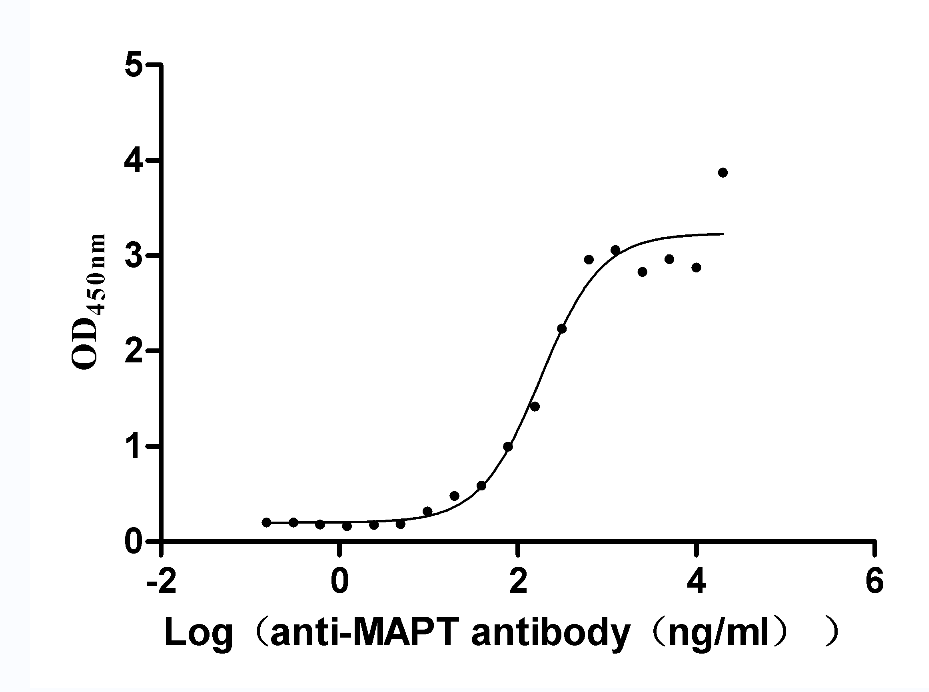
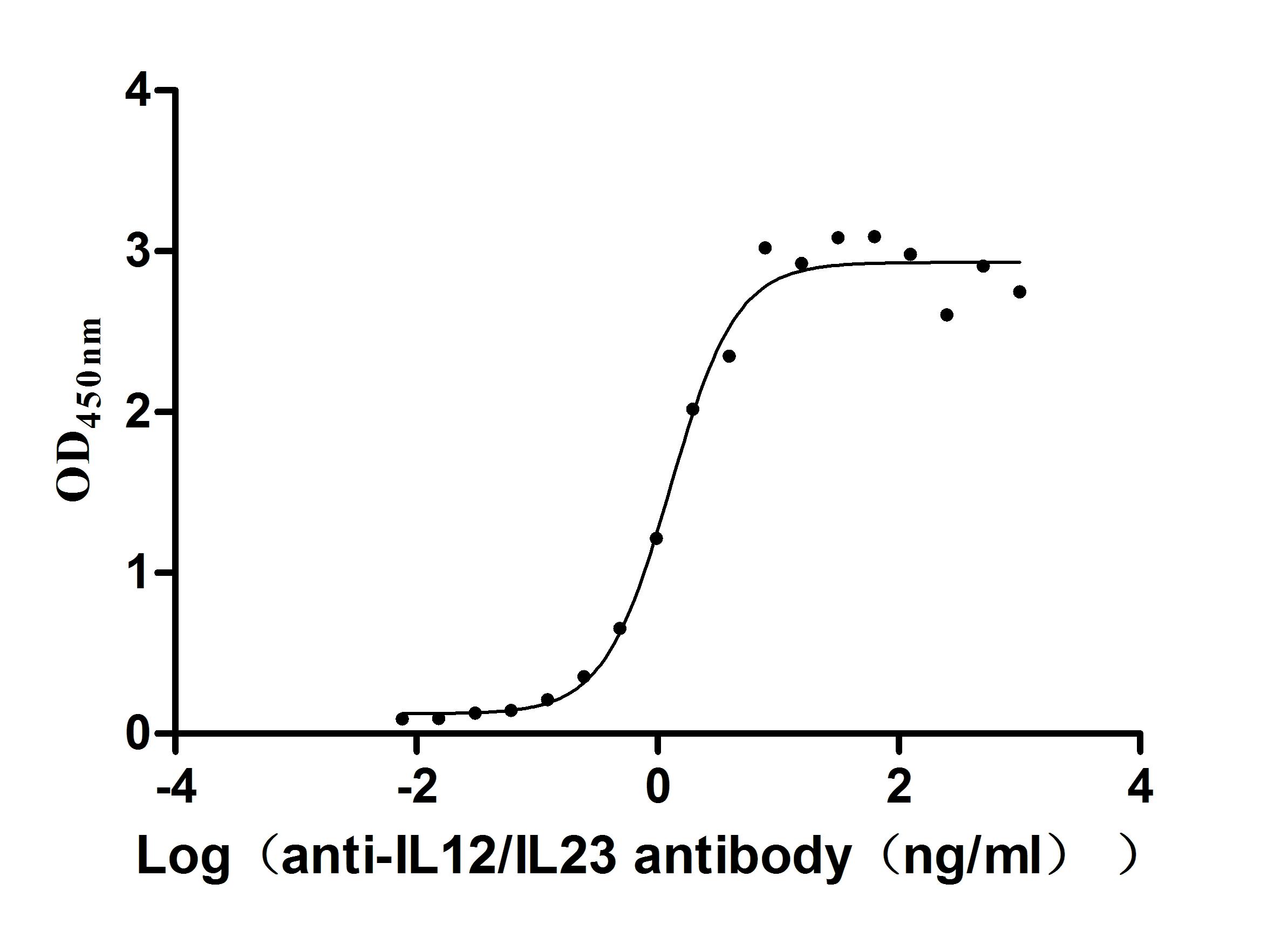
f4-AC1.jpg)










